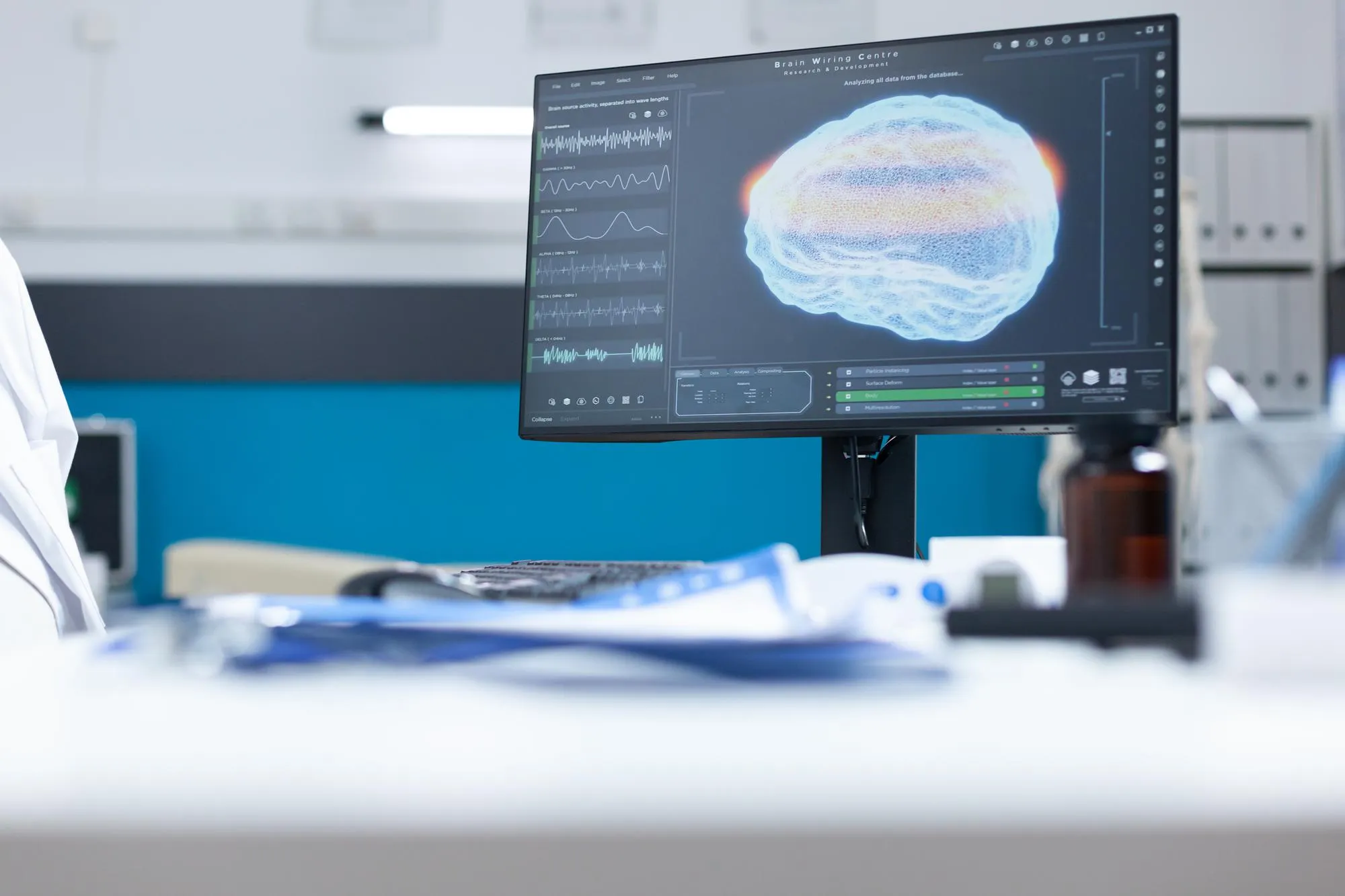Insights from a Retrospective Study
Breaking new ground in the realm of stroke and cerebrovascular research, a significant study has revealed the potential predictive value of serum glucose/potassium ratio for patients suffering from cerebral vasospasm post-aneurysmal subarachnoid hemorrhage (SAH). The findings, published in the esteemed Journal of Stroke and Cerebrovascular Diseases, shed light on new biomarkers that could influence prognosis and inform clinical decision-making for medical professionals dealing with this critical patient demographic.
Researchers at the Department of Neurosurgery, Tama Nagayama Hospital, Tokyo, Japan, embarked on a retrospective study involving 333 patients who underwent treatment for aneurysmal subarachnoid hemorrhage between 2006 and 2016. The team was composed of accomplished individuals, including Fumihiro Matano, Yu Fujiki, Takayuki Mizunari, Kenta Koketsu, Tomonori Tamaki, Yasuo Murai, Hiroyuki Yokota, and Akio Morita. They meticulously studied and analyzed the relationship between the grade of cerebral vasospasm, witnessed through postoperative angiography, and various clinical risk factors, among which was the serum glucose/potassium ratio.
Their findings, which can be referenced via the DOI: 10.1016/j.jstrokecerebrovasdis.2019.03.041, pointed toward a robust correlation, indicating that the serum glucose/potassium ratio was significantly associated with ischemic complications due to cerebral vasospasm. With an astonishing 33.6% of the participants presenting with cerebral vasospasm, the study found this ratio to be elevated in a dependent manner with the grade of vasospasm, marked by Spearman’s r = 0.1207 (P = .0279).
The Glasgow Outcome Scale (GOS), a pivotal scale in evaluating patient outcomes post-treatment, indicated that 55.5% of those impacted had poor outcomes (GOS scores 1-3). This poor prognosis was significantly correlated with age, serum glucose/potassium ratio, glucose, potassium, white blood cell count, and cerebral infarction due to cerebral vasospasm. Multivariate logistic regression analysis further corroborated the key findings, presenting strong correlations between cerebral infarction due to cerebral vasospasm and the biomarkers under study.
The implications of this study are far-reaching. First and foremost, it paints the serum glucose/potassium ratio as a novel, potentially reliable predictor of prognosis in patients with cerebral vasospasm and aneurysmal SAH. This adds a valuable dimension to the toolkit of clinicians who are constantly grappling with the need to make accurate prognostic assessments in the acute phase of this disease. A timely and precise prediction model could streamline therapeutic interventions and potentially improve outcomes for those suffering from this life-threatening condition.
For those in the medical field, the significance of this study is hard to overstate. It opens up avenues for further research where the effective use of this biomarker could be put to the test in larger cohorts and different populations. It also prompts a reevaluation of current guidelines and practices concerning the management of cerebral vasospasm, offering hope for more targeted therapies and better patient care.
The data is robust and points towards the need for a paradigm shift in cerebrovascular accident management. The study is not without limitations, being retrospective in design, which means that while it can identify associations, it cannot prove causality. Nonetheless, its findings cannot be overlooked and call for a prospective validation that could solidify these early observations.
Keywords
1. Cerebral vasospasm prediction
2. Subarachnoid hemorrhage prognosis
3. Serum glucose/potassium ratio
4. Stroke biomarkers validation
5. Aneurysmal SAH outcomes
References
1. Matano, F., Fujiki, Y., Mizunari, T., Koketsu, K., Tamaki, T., Murai, Y., Yokota, H., & Morita, A. (2019). Serum Glucose and Potassium Ratio as Risk Factors for Cerebral Vasospasm after Aneurysmal Subarachnoid Hemorrhage. Journal of Stroke and Cerebrovascular Diseases, 28(7), 1951-1957. https://doi.org/10.1016/j.jstrokecerebrovasdis.2019.03.041
2. Al-Mufti, F., et al. (2017). Cerebral Vasospasm After Subarachnoid Hemorrhage: Pathophysiology and Management. Journal of Intensive Care Medicine, 32(5), 297-310. https://doi.org/10.1177/0885066616643604
3. Etminan, N., & Macdonald, R. L. (2017). Management of Cerebral Vasospasm after Subarachnoid Hemorrhage. Current Treatment Options in Neurology, 19(12), 50. https://doi.org/10.1007/s11940-017-0483-6
4. Macdonald, R. L., & Schweizer, T. A. (2017). Spontaneous Subarachnoid Haemorrhage. The Lancet, 389(10069), 655-666. https://doi.org/10.1016/S0140-6736(16)30668-7
5. Sen, J., & Belli, A. (2019). Aneurysmal Subarachnoid Haemorrhage: Current Approaches and Future Trends in Management. Critical Care, 23, 211. https://doi.org/10.1186/s13054-019-2523-0
In conclusion, the quest for enhanced diagnostic and prognostic tools is a driving force in the medical community’s efforts to combat cerebrovascular diseases. As highlighted by this study, the serum glucose/potassium ratio appears to be a promising biomarker in the prognosis of cerebral vasospasm after aneurysmal SAH. This research represents a crucial step towards refining the prognostic capabilities and ultimately improving the outcomes for victims of this severe condition.
